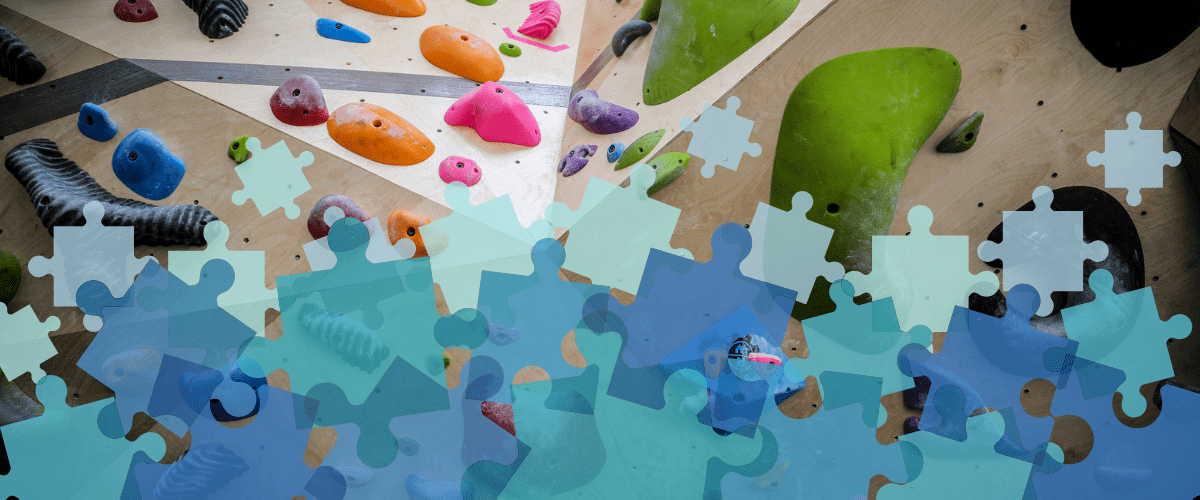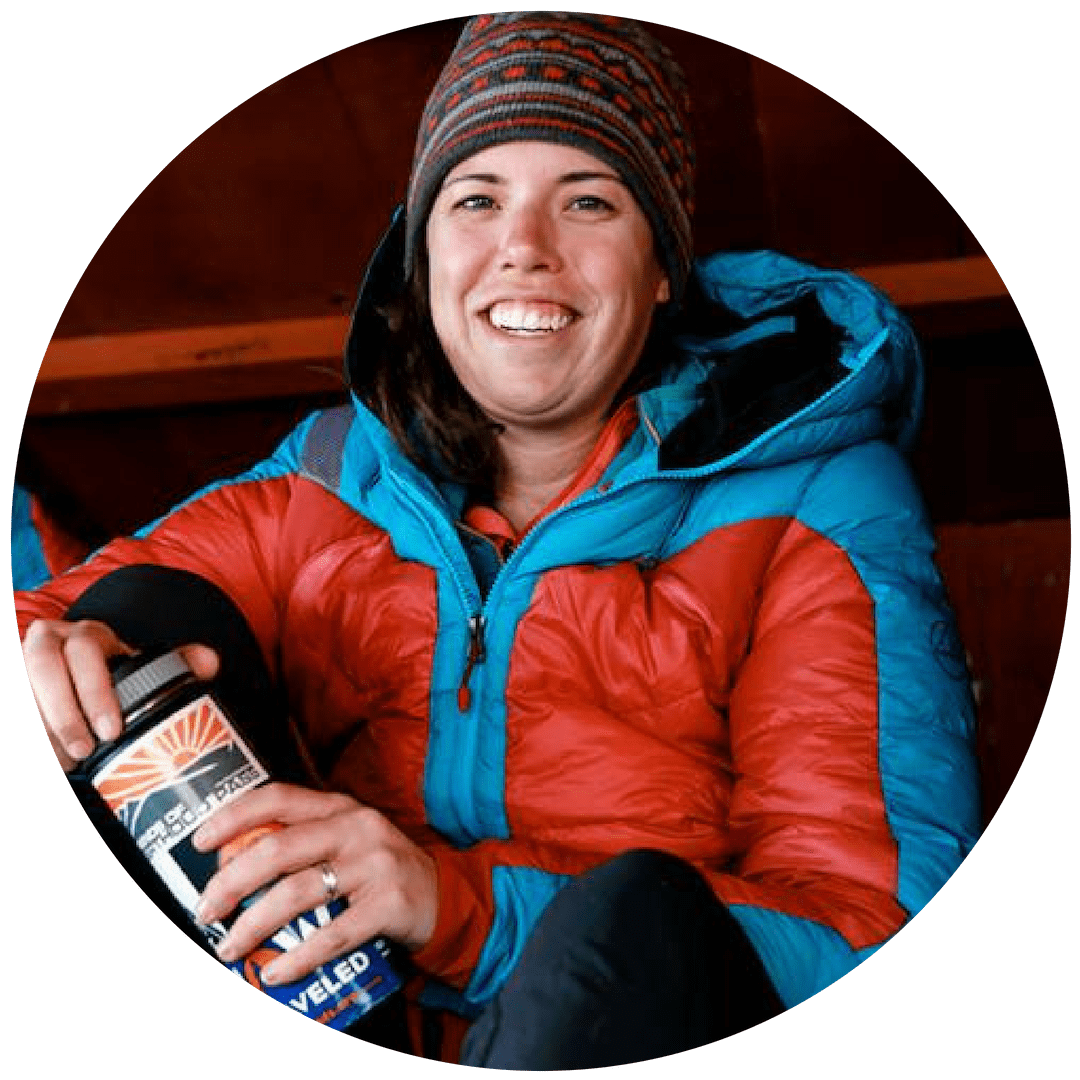Where to Begin with Diversity, Equity, and Inclusion Initiatives

There’s a lot of talk in the climbing industry lately about diversity, equity, and inclusion (DEI): What will it take to get more people tied in? How can we make climbing more accessible to a larger, more diverse audience? If you know where to begin, incorporating DEI initiatives into your gym’s practices is more approachable than you might think.
Offer Basic Instruction
“When I first walked into a gym,” says Kriste Peoples, “it looked like everybody else automatically knew what they were doing. I never saw any kind of promotion that said, ‘If you’re new to climbing, we’ll show you the ropes!’ That feeds this notion that climbing is really exclusive.” Peoples instructs Women’s Wilderness’ Girls Lead for Life program, a weekly after-school climbing and leadership program for girls. When Peoples started climbing, she didn’t know much about what gear she needed or to how to tie a figure-eight, and she felt intimidated by the lack of information available for newbies. Offering a short class—even a free community night—on how to tie in would have gone a long way. “In my opinion, this is just good business,” Peoples laughs.
Partner with Local Organizations
Representation matters. That’s why climbing organizations like Brown Girls Climb (BGC) and Brothers of Climbing were created: so climbers of color would have opportunities to climb in safe spaces. Monserrat Matehuala, a member of the BGC national leadership team (and co-founder of the group’s Colorado chapter), recently helped run a DEI training for Earth Treks in Golden. “Gyms are gatekeepers for the rock climbing community,” she says, lauding Earth Treks for its commitment to DEI. “They’re often the first contact new climbers have with the community, so it matters that they feel welcome there.” Facilities who reach out to the local chapters of these organizations and create space for them—hosting nights when members of those groups have free or reduced-cost gym entry, for example—tells climbers of color they’re welcome all the time.
Watch Your Language
Using inclusive language, says Matehuala, is one easy way to make all your members feel welcome. “There’s a difference between being welcoming and being inclusive,” she explains, using greeting language as an example. Matehuala suggests using a non-gendered greeting—“Hello! How’s your day going?”—rather than one that assumes a member’s gender, like “Hey man!” or “Thanks, sir!” She cites the often-used shortening for the word carabiner (many climbers say “biner”) as an example: it may sound innocuous, but that shortening sounds exactly like an ethnic slur. “It’s hard to break a habit, but as educators, it’s really important,” Matehuala explains. Many gyms are choosing to incorporate that change into their learn-to-climb curricula, she says, which has the added benefit of minimizing the jargon new climbers must learn. Another quick step: Take a look at the imagery around your gym, including ads for upcoming clinics and posters of climbers on picturesque routes. If all the photos you see are of white climbers, it’s time for an overhaul.
Train Yourself and Your Staff
Ready to take the plunge? Consider hosting a DEI training for your staff facilitated by someone like BGC or the Avarna Group. If it’s not feasible to bring a facilitator to you, the Avarna Group and others are offering some excellent DEI workshops and conference sessions at the 2019 CWA Summit!
It's also important to make professional development resources available to your staff, model inclusivity, and have regular conversations about the importance of DEI. BGC has a number of resources available on their website, and James Edward Mills’ The Adventure Gap and Carolyn Finney’s Black Faces, White Spaces are excellent primers on the importance and value of DEI in the outdoors.
About The Author
 Emma Walker is a freelance writer, editor, and an account manager with Golden, Colorado-based Bonfire Collective. Emma earned her M.S. in Outdoor and Environmental Education from Alaska Pacific University and has worked as an educator and guide at gyms, crags, and peaks around the American West.
Emma Walker is a freelance writer, editor, and an account manager with Golden, Colorado-based Bonfire Collective. Emma earned her M.S. in Outdoor and Environmental Education from Alaska Pacific University and has worked as an educator and guide at gyms, crags, and peaks around the American West.
